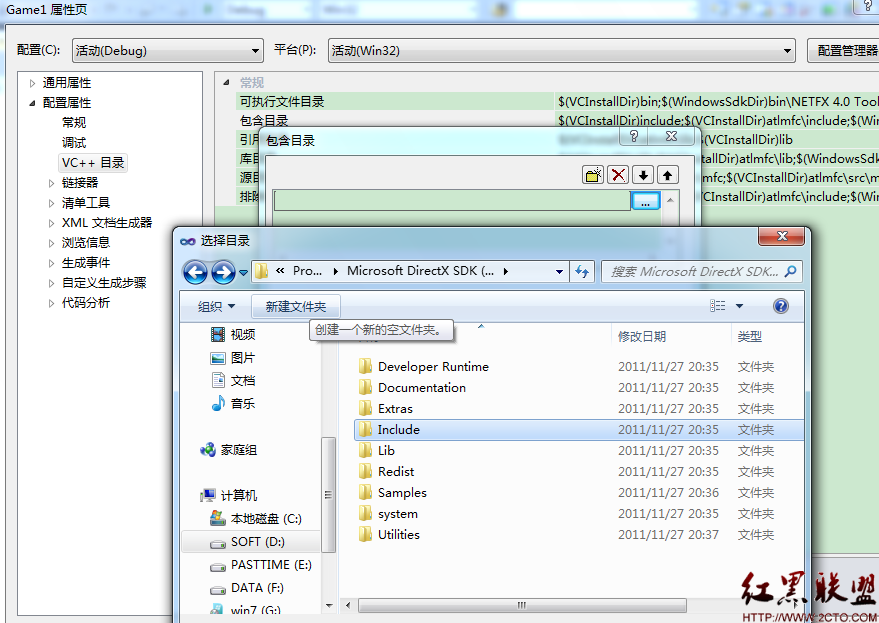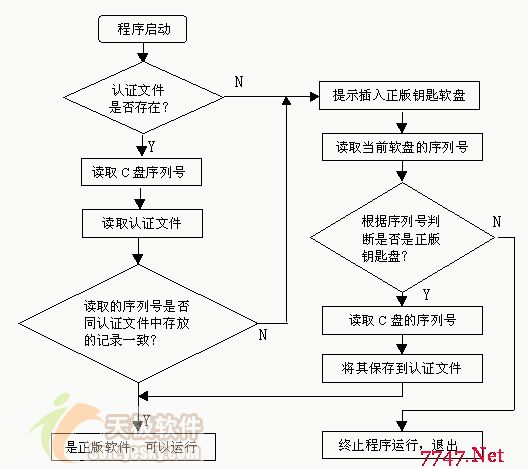VC CreateProcess详解
CreatProcess(LPCSTR lpApplicationName,LPSTR lpCommandLine,LPSECURITY_ATTRIBUTES lpProcessAttributes,
LPSECURITY_ATTRIBUTES lpThreadAttributes,
BOOL bInheritHandles,
DWORD dwCreationFlags,
LPVOID lpEnvironment,
LPCTSTR lpCurrentDirectory,
LPSTARTINFO lpStartupInfo,
LPPROCESS_INFORMATION lpProcesInformation);
lpApplicationName是应用程序的名称
lpCommandLine是命令行参数
lpProcessAttributes是进程的属性
lpThreadAttributes是线程的属性
bInheritHandles 是否继承父进程的属性
dwCreationFlags 是创建标志
lpEnvironment 是环境变量
lpCurrentDirectory 是当前目录
lpStartupInfo是传给新进程的信息
lpProcessInformation是进程返回的信息
调用函数的例子如下:
//创建进程
void TestCreateProcess(void)
{
//清空结构
STARTUPINFO sInfo;
PROCESS_INFORMATION pInfo;
ZeroMemory(&sInfo,sizeof(sInfo));
sInfo.cb=sizeof(sInfo);
sInfo.dwFlags=STARTF_USESHOWWINDOW;
sInfo.wShowWindow=SW_SHOWNORMAL;
ZeroMemory(&pInfo,sizeof(pInfo));
//创建一个进程
if(!::CreateProcess(_T("WinCpp.exe"),NULL,
NULL,
NULL,
FALSE,
0,
NULL,
NULL,
&sInfo,
&pInfo))
{
//输出出错信息
const int nBufSize=512;
TCHAR chBuf[nBufSize];
ZeroMemory(chBuf,nBufSize);
wsprintf(chBuf,_T("CreateProcess failed(%d).\n"),GetLastError());
::OutputDebugString(chBuf);
return;
}
//等进程关闭
WaitForSingleObject(pInof.hProcess,INFINITE);
//关闭进程和线程的句柄
CloseHandle(pInfo.hProcess);
CloseHandle(pInfo.hThread);
}
我们用CreateProcess执行一个外部程序时,怎样才能得到这个程序的输入输出呢?
CreateProcess已经替我们准备好了,在CreateProcess的STARTUPINFO参数里有这样几个
hStdInput,hStdOutput,hStdError东东,用来为创建的进程指定输入输出,例如用
CreateFile创建一个文件,接着把得到的文件句柄指定给hStdOutput,并且把dwFlags的值
设置为USESTDHANDLES,这样外部程序的输出就会输到这个文件里。注意,CreateFile的
SECURITY_ATTRIBUTES.bInheritHandle参数要设为TRUE。
在Create系列函数中通常都会有一个叫SECURITY_ATTRIBUTES的参数
SECURITY_ATTRIBUTES sa;
sa.nLength=sizeof(SECURITY_ATTRIBUTES);
sa.lpSecurityDescriptor=NULL;
sa.bInheritHandle=TRUE;
如果把bInheritHandle的值设为TRUE,意思就是它所创建出来的东西是可以被其他的子进程
使用的。例如用CreatePipe创建的管道可以用在CreateProcess创建的进程中。
用CreateProcess创建子进程时通过lpCurrentDirectory参数指定子进程运行的路径。
#include <windows.h>
#include <stdio.h>
#include <tchar.h>
void _tmain( int argc, TCHAR *argv[] )
{
STARTUPINFO si;
PROCESS_INFORMATION pi;
ZeroMemory( &si, sizeof(si) );
si.cb = sizeof(si);
ZeroMemory( &pi, sizeof(pi) );
if( argc != 2 )
{
printf("Usage: %s [cmdline]\n", argv[0]);
return;
}
// Start the child process.
if( !CreateProcess( NULL, // No module name (use command line)
argv[1], // Command line
NULL, // Process handle not inheritable
NULL, // Thread handle not inheritable
FALSE, // Set handle inheritance to FALSE
0, // No creation flags
NULL, // Use parent's environment block
NULL, // Use parent's starting directory
&si, // Pointer to STARTUPINFO structure
&pi ) // Pointer to PROCESS_INFORMATION structure
)
{
printf( "CreateProcess failed (%d).\n", GetLastError() );
return;
}
// Wait until child process exits.
WaitForSingleObject( pi.hProcess, INFINITE );
// Close process and thread handles.
CloseHandle( pi.hProcess );
CloseHandle( pi.hThread );
}
利用CreateProcess打开一个已有的记事本
CreateProcess(_T("C:\\Windows\\System32\\notepad.exe"), _T(" C:\\ASLog.txt"),NULL,NULL,FALSE, 0,NULL,NULL,&si,&pi)
注意_T(" C:\\ASLog.txt") C之前一定要加空格,因为记事本程序是在命令行第二个参数中得出打开的目录,而CreateProcess第二个参数中是以空格区分是第几个参数
举个例子
CreateProcess(_T("d:\\我的文档\\Visual Studio 2005\\Projects\\WinCon1\\debug\\WinCon1.exe"), _T(" C:\\Users\\ Administrator\\ Desktop\\readme.txt"),NULL,NULL,FALSE, 0,NULL,NULL,&si,&pi)
将得到四个参数:""和"C:\\Users\\"和"Administrator\\"和"Desktop\\readme.txt"
另外打开一个已有的记事本也可用ShellExecute(NULL,"open", m_szLogPath,NULL,NULL,SW_SHOWNORMAL)
补充:软件开发 , Vc ,




